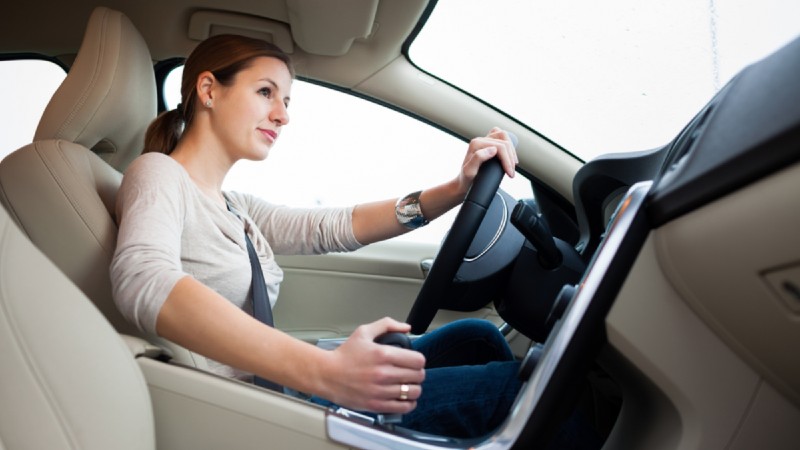Defensive Driving 101: 8 Tips and Techniques to Keep in Mind

There’s no guarantee that you’ll never get into an accident while driving. You don’t have control over the weather, road conditions, and especially not the actions of other motorists. What you do have control over, however, is your own driving behaviours. In particular, you can practise defensive driving so that you can minimise risks and increase your safety.
The first rule of defensive driving is to always fasten your seatbelt. It doesn’t matter if you’re going to the grocery store or the beach; if you’re driving, you need to strap in properly. Besides, buckling up is not just the law; it’s also the best way to minimise the risk of bodily harm in case of a crash.
Here are a few more defensive driving tips so you, your passengers, and other road users can stay safe:
Follow Speed Limits
Speeding is never a good idea, even if you’re on an open highway with no other cars on the road. Higher speeds result in bigger impacts during collisions, which can result in property damage, severe physical injuries, and even loss of life.
You should also remember that the faster you go, the more power you need to stop. This puts excessive and often unnecessary strain on your car’s brake system. Of course, it’s easy to buy brake pads and other braking components in Mauritius if you need to; nevertheless, it’s still best for your budget (and the planet) if you strive to keep your car parts in good shape for as long as possible.
Finally, note that speed limits are usually for ideal driving conditions. If the roads are slippery, if visibility is poor, or if there are any other factors that can affect your vision, it’s advisable to go under the recommended speed.
Be Aware of Your Surroundings
One of the most important skills of a driver is spatial awareness. You always need to know where or how far your car is in relation to objects, pedestrians, and other vehicles. Be conscious of tunnel vision, where you end up focussing only on what’s in front of you. This is a recipe for disaster, since you won’t be able to avoid potential hazards.
Remember to check your mirrors frequently and keep your eyes moving; exercise your peripheral vision so you’re always aware of what’s going on around your car.
Use Your Signal Lights
If you don’t use your signal lights when you make turns or change lanes, you can cause confusion that can then lead to accidents. Some insurance companies can also invalidate your claims, if it has been proven that you failed to use your signal lights when the situation required it.
Save yourself from all sorts of problems by flicking on your turn signals when needed. (If you still don’t know how, check your owner’s manual right away!)
Know the Rules
Some traffic rules change over time, usually due to the addition or removal of infrastructure. Keep yourself updated with the most updated version of traffic laws to help ensure every road user’s safety.
Keep Your Distance
There’s an unwritten “4-second rule” in driving, which is the minimum safe distance between your vehicle and those in front of you. Those 4 seconds are meant to give you enough time to react (e.g., step on the brakes or change directions) should something unexpected happen.
Some drivers say 2 seconds is more than enough for ideal driving conditions, while 4 seconds is for poor weather or nighttime driving. Still, it’s better to be safe than sorry so make sure to allocate enough space between vehicles; this is particularly important if you’re following a large vehicle like a truck.
Let Your Anger Go
Road rage is a very real thing that has gotten a lot of people in trouble — some have even lost their lives because of it. To stay safe on the road, don’t give in to your emotions. Be more logical and resist that urge to get even. Avoiding tailgating (see above) and cutting off vehicles is important as well. If there are bad drivers sharing the road with you, ignore them. Keep your cool and be the bigger person. It’s often not worth your time and effort to deal with what would amount to a minor inconvenience.
Don’t Drive When You’re Emotional
You often hear the warning “don’t drink and drive” or even “don’t drive when you’re sleepy.” However, you seldom get reminded not to drive when you’re experiencing emotional upheavals—and you should. Being angry or upset can affect your judgement and concentration while on the road, so take the time to calm down first before you drive. If possible, have someone drive for you.
Minimise Distractions
Last but certainly not least, defensive driving means minimising distractions. The number one culprit is your phone, but you can also be distracted if you’re eating while driving or even holding conversations with your passengers. Loud music can also make you lose focus. If you want to stay safe on the road, eliminate or at least minimise the things that can distract you from driving.
Stay safe!











